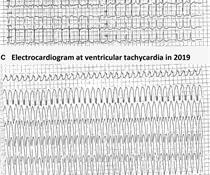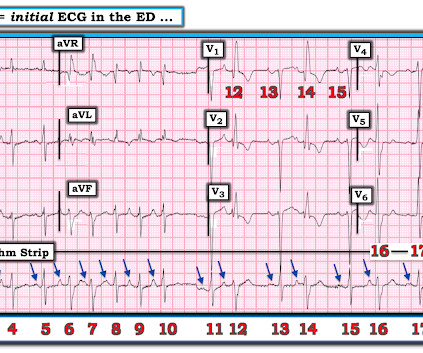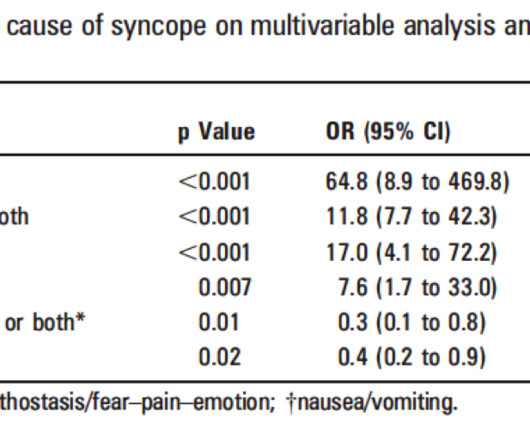Case Report: Multiple types of arrhythmias in a late-confirmed Danon disease
Frontiers in Cardiovascular Medicine
MARCH 27, 2024
Electrocardiogram (ECG) abnormalities can be found in almost all patients, with Wolff–Parkinson–White (WPW) syndrome being the most common. Case summary A 51-year-old woman with a 36-year history of intermittent palpitations was admitted due to hemodynamically stable ventricular tachycardia (VT).











Let's personalize your content